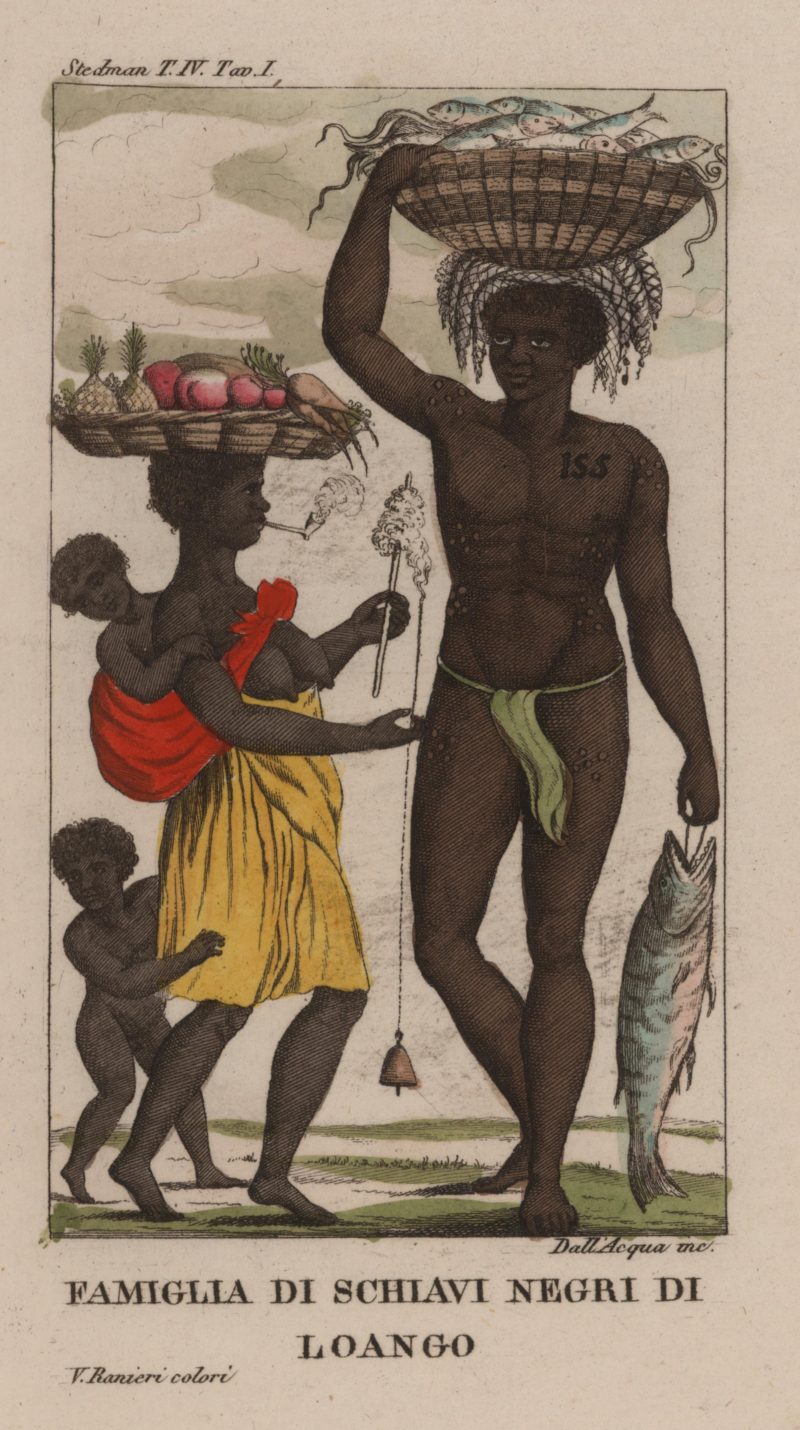What Makes the Caribbean Slave Narrative Distinct?
While many of the African-American slave narratives were created to work as a tool for the pro-abolitionist movement (by showing the humanity of the enslaved or those recently freed), the Caribbean narratives were less concerned with the humanizing of the slaves. Instead, they often served as pieces for entertainment or 'information'—they were published in newspapers, travel journals deposits, and treatises. Their wider spread, variety of venues and publications (and the genres of said publications), and extensive mediation also explains why they were more likely to be embedded within larger texts, such as Clara’s Narrative from The History, Civil and Commercial, of the British Colonies in the West Indies, by Bryan Edwards. While the abolitionists often distributed them as single, stand-alone documents, or within other abolitions works, the Caribbean slave narratives were not seen so much as tools for something, but rather as documentation of everyday life in the Caribbean, and thus a part of a larger conversation of all that was happening on the islands.
It is also worth noting that despite a greater mediation, they are also often more brutal, and yet, possibly more honest. While many of the scribes of said narratives didn’t allow for their humanization as the abolitionists humanized African-American slaves, there was also a lack of a romanticization. Often, they were short (whereas African-American narratives were relatively quite long) and 'to the point' in terms of the information that was being exchanged. While of course the scribes for these narratives, the colonizers, were often indifferent at best, they did likely give a more realistic insight into how they lived, what they were actually saying, and how they were being treated and understood.

Enslaved Family from the Milanese edition of John Gabriel Stedman's Narrative of a Five Year's Expedition against the Revolted Negroes of Surinam from 1996.
One of the most important distinctions from the African-American narratives is that they often expressed a more direct connection to their African heritage and a clearer experience of Africa. The higher mortality rates among Caribbean slaves meant that they were constantly replaced, and new slaves were being taken from Africa. The integration of more African people meant that Africanness was constantly being rejuvenated, creating a more African culture within the slave community. This also meant that many of these authors had living memories in Africa and thus could describe Africa, and their own Africanness, in a way that was not quite as clear or literal as in the African-American slave narratives (which were often of those who had been born in The States). The design of the plantations in the Caribbean also allowed for them to hold on to their African heritage more easily, as the often lived on their own, whereas African-American slaves were technically provided with more, but were also more confined and forced to assimilate into the colonial culture as a result.
Relatedly, this closer relationship with Africa gives them a different perspective on freedom. While many of the African-American slaves speak of freedom in their texts in terms of being born into slavery and then being freed, the Caribbean slaves were often born into freedom and then enslaved. Thus, these are rarely progressive narratives, they do not often speak of journeys or realization— they are mostly ‘of the moment’ in that they capture snapshots of daily life (with the exception of parts of memories of Africa) rather than fuller, more holistically biographical, narratives of the African-American slave narratives. This lack of progression also disallows for them to have the same sense of ‘uplift’ as afforded to the African-American slaves.
